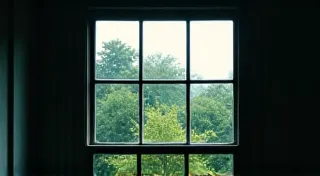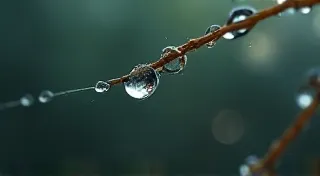The Cartographer’s Quill: Mapping a Personal Birdwatching Atlas
There’s a particular kind of contentment that settles over you when you’re knee-deep in the rustling leaves of a familiar woodland, the scent of damp earth and pine needles filling your lungs. But it’s a contentment deepened, magnified, when you’re actively observing – not just appreciating, but *recording* – the world around you. For me, that’s birdwatching. And increasingly, my birdwatching has become intrinsically linked to the act of meticulously charting my observations: creating a personal birdwatching atlas.
The idea sprung from a place of feeling overwhelmed by the sheer wonder of it all. The vibrant flash of a scarlet tanager, the haunting call of a barred owl – these are ephemeral moments, easily lost to the relentless current of time. I realized I wanted more than a fleeting memory; I wanted a tangible record, a testament to these encounters, a physical embodiment of my connection to the natural world. It began, not with a fancy app or digital spreadsheet, but with a simple, leather-bound journal and a pen. Something reminiscent, almost, of the antique accordions my grandfather used to repair. Each key on those accordions, meticulously cleaned and re-bellowed, a small act of preservation, a resurrection of forgotten music.
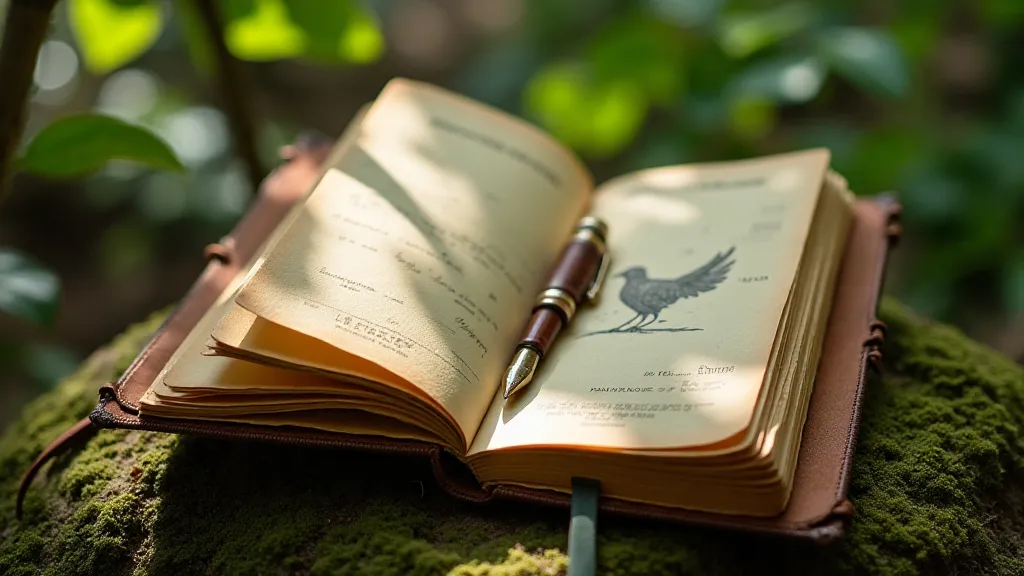
The Historical Echo: Records & Revelations
The impulse to record nature is nothing new. Think of John James Audubon’s “Birds of America,” a monumental undertaking, painstakingly rendered in life-size plates. Audubon wasn't just illustrating birds; he was documenting an era, a vanishing landscape. Even earlier, early naturalists kept handwritten notes, often riddled with fascinating details about habitat, behavior, and even local folklore surrounding specific species. These historical records aren’t just dry lists; they are windows into a different time, a different understanding of our place in the world. The patience required by these early observers, their unwavering commitment to stillness and focused attention, speaks volumes about the value they placed on truly seeing and understanding the natural world – a lesson in The Heron’s Stance: Patience, Stillness, and the Art of Observation, in essence.
There's a certain romanticism, too, in thinking about the meticulousness required. Imagine the hours spent patiently observing a single bird, sketching its posture, noting its vocalizations. It was a slow, deliberate process, demanding a level of patience and dedication rarely seen in our instant-gratification culture. Modern technology offers shortcuts – powerful cameras, sophisticated software – but there's something lost in the rush. The deliberate act of slowing down, of truly *seeing*, is increasingly valuable.
More Than Just a List: The Joy of Artistic Expression
My personal atlas isn't just a species list. It's a blend of scientific observation and artistic expression. I include sketches, however rudimentary. I jot down anecdotal notes about the weather, the surrounding flora, the overall feeling of the place. A sighting of a pileated woodpecker isn't just “Pileated Woodpecker, 03/15/2023, Oak Ridge Preserve.” It’s “The morning sun caught the red crest of the Pileated Woodpecker as it hammered on a dead beech tree, its drumming echoing through the silent woods. A perfect, crisp autumn day.”
The sketches themselves are less about artistic perfection and more about capturing the essence of the bird. A quick scribble of a wing’s arc, the curve of a beak – these are personal markers, reminders of the specific moment. It's remarkably satisfying to look back and recognize my evolving artistic abilities, not as a painter, but as a dedicated observer. The sheer beauty and variety of avian plumage, the subtle shifts in color and pattern, can be truly captivating. It’s a realm of Chromatic Reverie: Exploring the Palette of Avian Plumage, inspiring awe and a deeper appreciation for the artistry of nature.
Beyond the visual, the act of observation itself demands a certain focus – a stillness that allows you to truly absorb the moment, to notice the subtle cues that reveal a bird’s behavior. It’s a meditative practice, a way of connecting with something larger than yourself. The landscapes themselves, often passed by in haste, become imbued with meaning, layered with memories and observations.
Consider the parallels with restoring an antique accordion. Each step, from cleaning the reeds to repairing the bellows, requires patience, attention to detail, and a deep respect for the craftsmanship of the original maker. The finished instrument isn’t perfect; it bears the marks of its history, the evidence of its restoration. Similarly, my birdwatching atlas is a testament to my journey, a chronicle of my encounters with the natural world.
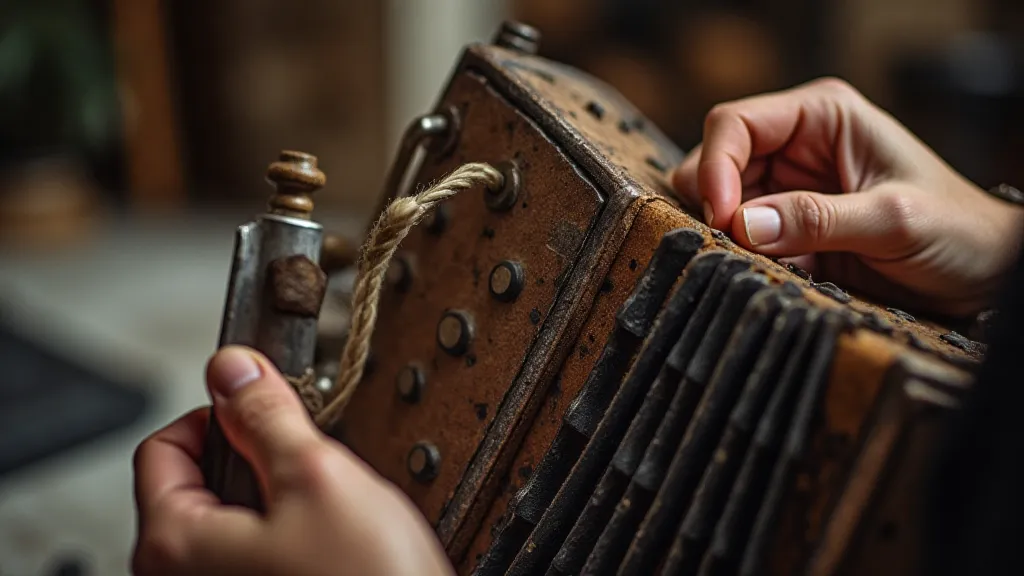
Beyond the Species: Mapping Emotions & Connections
The real value of this personal atlas extends far beyond a simple bird list. It’s a map of my emotional landscape, a record of my connection to nature. There are entries that detail moments of profound joy – the first sighting of a migrating warbler, the chorus of birdsong at dawn. There are entries that document moments of quiet reflection – the solace found in observing nature after a difficult day. And there are entries that simply record the beauty of a place, the feeling of being truly present in the moment.
The atlas also serves as a reminder of the importance of conservation. Documenting the changing landscape – the loss of habitat, the decline of certain species – highlights the urgent need for action. Seeing those changes firsthand, recorded in black and white, is a powerful motivator. Migration routes, in particular, are incredibly dynamic – vulnerable to habitat loss and climate change. Each sighting becomes a precious data point, a clue in the larger puzzle of how birds navigate and adapt to a changing world. Following these routes across the landscape, weaving together observations from different locations, creates a rich tapestry of experience – a Shadows of the Wing: Tracing Migration Routes Through Landscapes of Memory, both personal and profound.
More than just the physical act of observation, there’s a deeper, almost philosophical dimension to birdwatching. It’s a practice that fosters a sense of presence, an ability to appreciate the beauty of the present moment. It's a practice that encourages introspection, prompting questions about our place in the grand scheme of things. It requires a certain degree of stillness, a quietness of mind that allows us to truly see and hear what's around us. This quietude can be a balm for the soul, a refuge from the noise and distractions of modern life. It's a moment of The Sapphire Gaze: A Birdwatcher’s Soliloquy on Patience and Presence, suspended in time.
Practical Tips for Creating Your Own Atlas
Creating your own birdwatching atlas doesn't require special skills or expensive equipment. Here are a few simple tips to get you started:
- Choose a journal: A sturdy, well-bound journal with good quality paper is essential. Leather-bound journals evoke a sense of history and durability.
- Invest in a good pen: A reliable pen that writes smoothly and doesn't bleed through the paper is a must.
- Start small: Don't feel pressured to record everything. Focus on the birds you see most frequently or the places you visit regularly.
- Be descriptive: Don’t just write down the species name and date. Include details about the habitat, weather, and your overall impression of the experience.
- Sketch, even if you're not an artist: Simple sketches can be incredibly valuable reminders of specific sightings.
- Be consistent: The more consistently you record your observations, the more valuable your atlas will become.
- Consider location data: Adding GPS coordinates or noting the specific location can add depth and allow for later analysis of your sightings.
- Don't be afraid to experiment: Try different recording methods – pressed flowers, leaf rubbings, even short audio recordings – to add visual and sensory richness to your atlas.
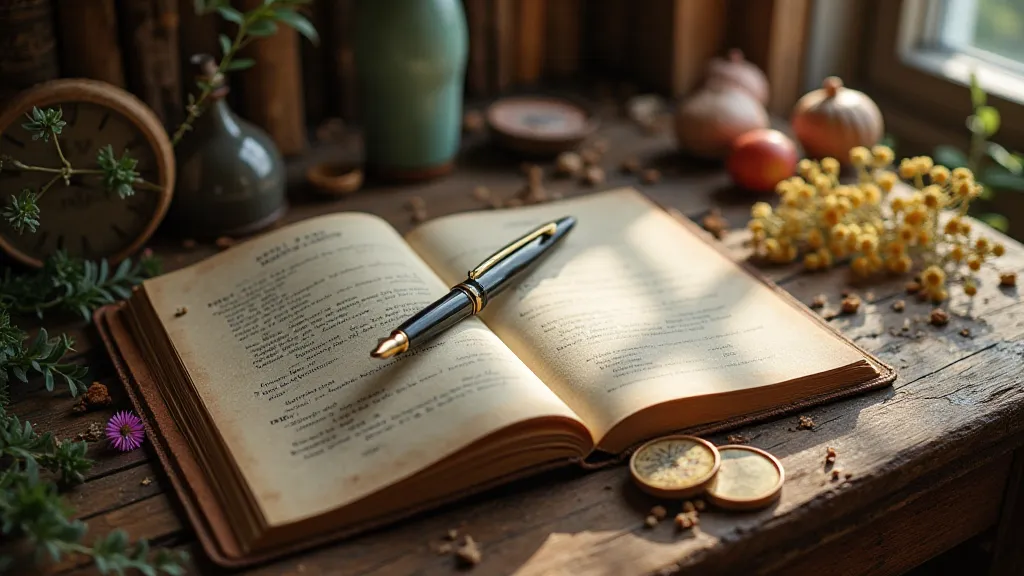
A Legacy of Observation
Ultimately, creating a personal birdwatching atlas is more than just a hobby; it’s a way of connecting with the natural world on a deeper level. It’s a way of preserving memories, documenting change, and sharing a passion with future generations. Just as the meticulous repair of an antique accordion breathes new life into a forgotten instrument, the act of recording our observations allows us to appreciate the beauty and wonder of the natural world in a whole new light. It's a legacy of observation, a testament to the enduring power of nature, and a quiet celebration of the simple joys of birdwatching. The cumulative effect of individual atlases, shared across communities and generations, can create a powerful collective understanding of the natural world – a vital resource for conservation and a testament to the enduring human connection to nature.
